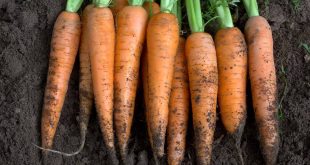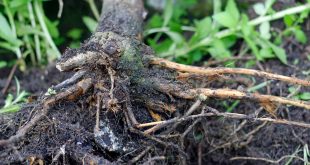Imagine this scenario with me: you examine your fruit trees, some that you have been growing for years. Much to your horror, most of your apples have nasty-looking sooty spots that can band together to cover all of the fruit, or spots that look like fly waste.
Extension agents often get panicked questions about these symptoms.
But there is good news! You can be sure that your fruits are in order, and these blemishes are only cosmetic. In fact, you can actually rub off many of them like a scratch on your car’s shiny new paint job.
This is fine if you only make apple sauce or apple butter with them, but what if you want to sell your apples? At Gardener & # 39; s Path we give you tips on how to prevent these diseases from affecting your trees and what to do if they occur.
What are soot stain and flyspeck?
First of all, it is important to understand that these symptoms are due to the activities of two different diseases. Sooty stain is caused by different types of fungi, while fly stain is caused by the fungus Zygophiala jamaicensis.
These two diseases are usually grouped together because they often occur together on fruit and are controlled in the same way.
Flyspeck manifests itself as a cluster of 6-50 black, shiny, slightly raised round dots. Sooty stain is what it sounds like – dark stains that can cover most of your apples.
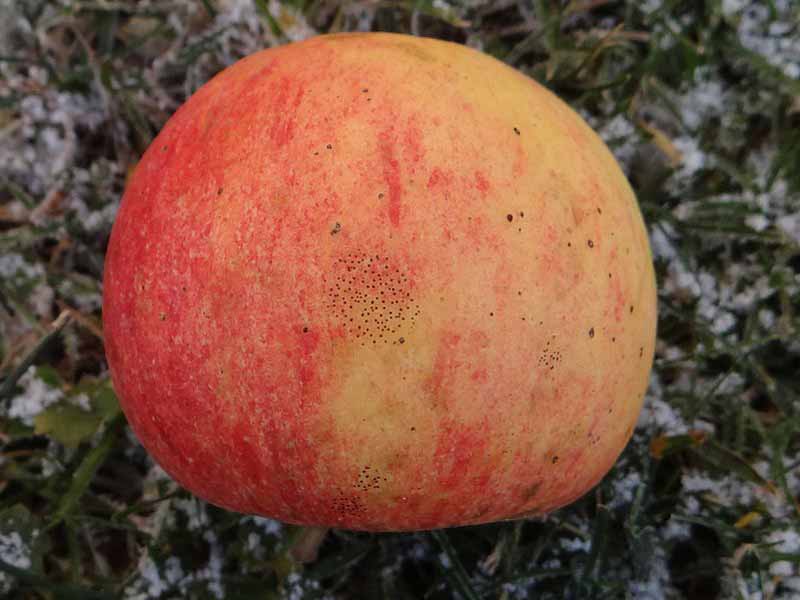
One thing to remember if your tree is prone to this problem is that the symptoms will look a lot worse with light fruits. Especially when selling your apples, you should consider growing red-skinned varieties.
The process of the insidious disease
Sooty and fly stains are the most serious in cool, wet weather. In fact, one of the things that make your tree much more vulnerable to attack is when it’s dark and shady inside.
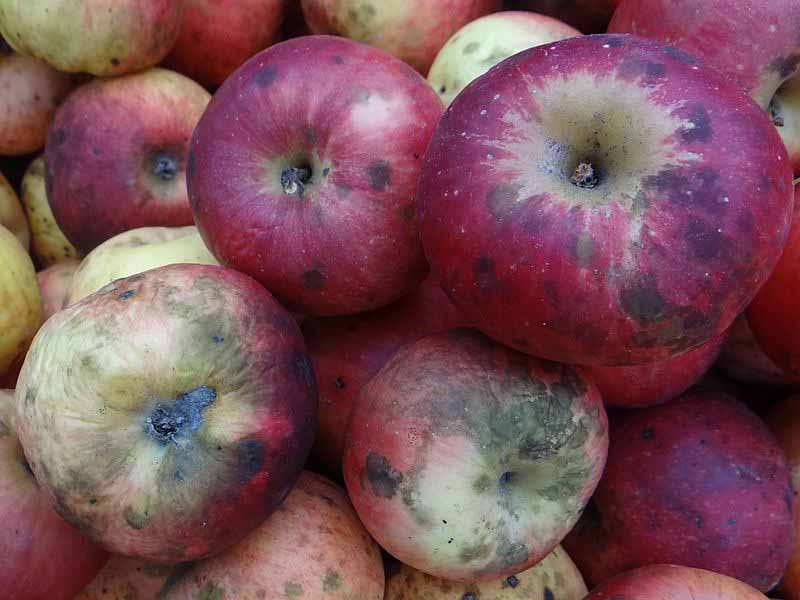
The worst infections occur when spring is cool and rainy. It rains in summer and the autumn temperatures are cool.
Your fruits can become infected at any time after the petals fall. However, this usually happens in the middle or late summer.
Sooty stain often begins to populate apple branches. However, the hyphae – long, branched structures that are the main growth method of fungi – can fragment. These fragments can fall anywhere on your apples, leading to this nasty infection.
Rub your fruit like a ghost
These infections are superficial, so rubbing your fruits can really bring you luck. You can often rub it off immediately!
While they don’t look like new, your harvest is definitely good enough to eat.
And if the grating doesn’t work, you can bleach your apples at any time.
Cultural control methods
There are steps you can take to limit these infections:
1. Manage blackberries
The fungi that cause these diseases can live on a variety of hosts – more than 50! However, They particularly like berries. One way to limit this disease is to control your blackberry spots.

If you have wild spots, you should remove them in spring and summer. If you intentionally grow berries, plant them on the other side of a hedge.
2. Pruning
The fruits on trees that are pruned each year dry faster. If you want to use fungicides, they also penetrate the canopy more effectively.
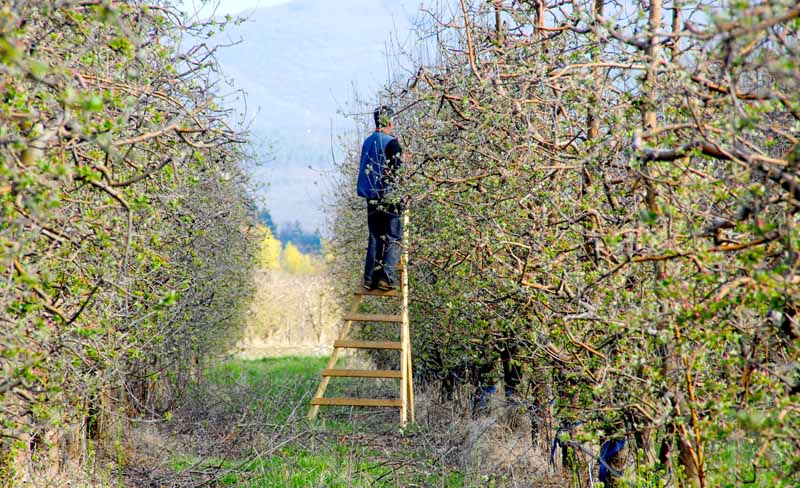
3. Mow
This may seem strange, but low-hanging fruit often doesn’t dry well when grown in tall grass. Removing grass that grows near the base of your trees increases the likelihood of them drying, making them less susceptible to fungi.
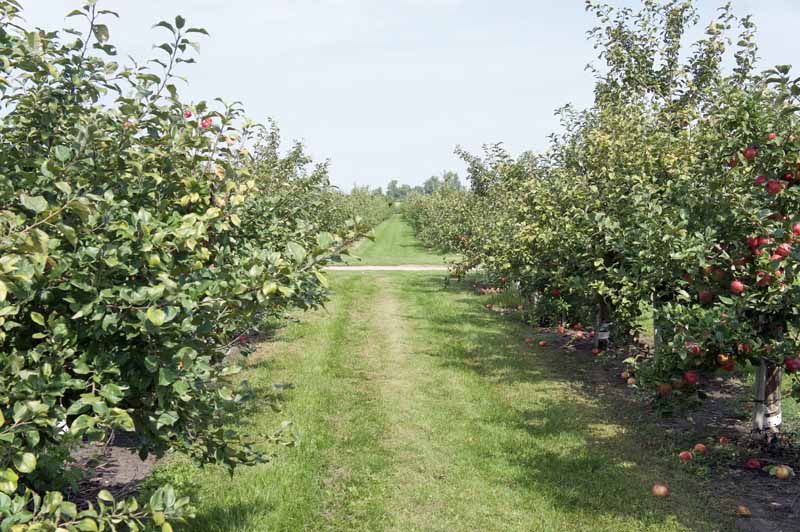
4. Thin
Apples that are large and grow in clusters can provide the mushrooms with a moist environment to thrive in and also prevent fungicides.
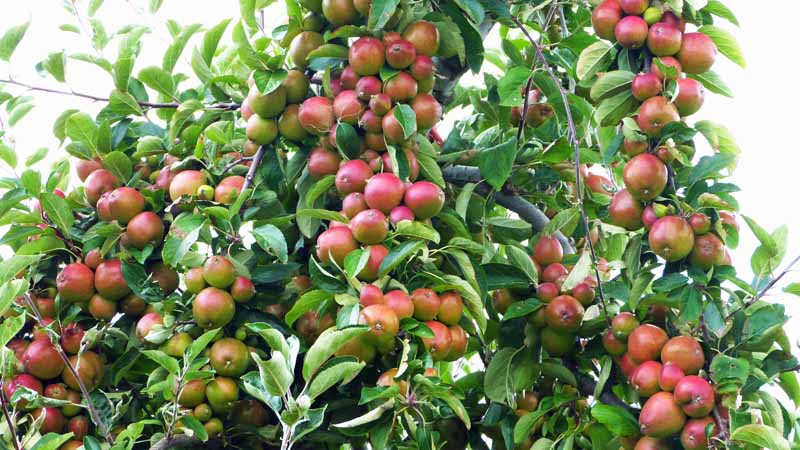
Fungicides that let you control this ugly duo
There is a number of commercial fungicides that you can use to control these diseases. If you are concerned about side effects, some are “reduced risk fungicides”.
Two strobilurin class fungicides are promising for combating soot and fly stains. These include Kresoxim-Methyl and Trifloxystrobin. They are safer for the environment and human health, but still highly effective.
You should start the applications shortly after the petals fall and continue in autumn when the weather is cooler. Typically, growers apply the fungicides at 10 to 14 day intervals.
Now you know how to get rid of these diseases
The symptoms of soot and fly stains are extremely alarming. Fortunately, these diseases are superficial, and you may even be able to rub the evidence off your crop.
Although your fruits are good to eat, they can be difficult to sell. If your trees are prone to these diseases, consider red-skinned apples because the blemishes are less noticeable.
Fortunately, there are a number of cultural control methods you can use to prevent these diseases, and two relatively safe fungicides that you can use when needed.
